1990 Mazda RX-7 Turbo II (FC3S) – The Ultimate FC
1990 Mazda RX-7 Turbo II (FC3S): The Refined Rotary Rocket
By 1990, Mazda had perfected its second-generation RX-7 formula. The Turbo II variant of the FC3S chassis stood as the ultimate evolution of a lightweight, turbocharged rotary sports car — combining Japanese engineering, Porsche-inspired handling, and unmistakable 1980s styling.
With sharper power delivery, refined electronics, and track-tested chassis upgrades, the 1990 RX-7 Turbo II is one of the greatest under-the-radar JDM icons of its time.
The 1990 RX-7 Turbo II isn’t just another version of the FC3S—it’s the pinnacle of second-gen rotary performance. Built as Mazda’s answer to the turbocharged sports cars emerging from Japan in the late ’80s and early ’90s, the Turbo II came armed with sharper power, tighter handling, and a more aggressive attitude than any FC before it.
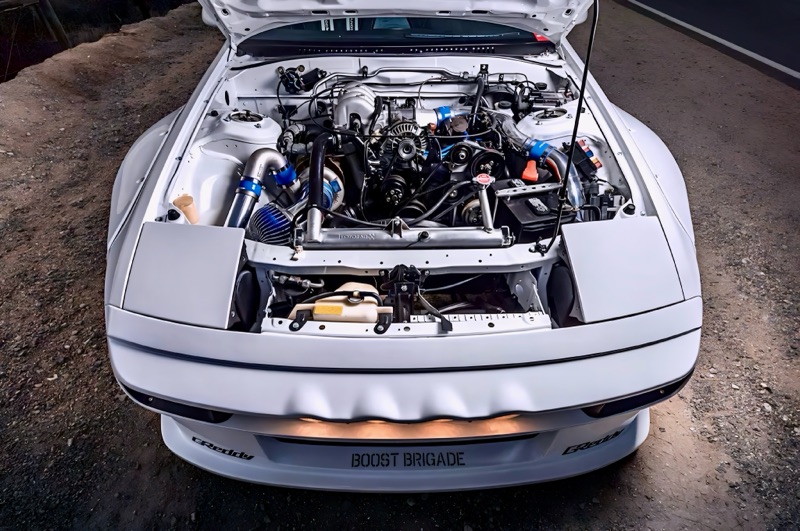
A Porsche Killer, Japanese Style
The RX-7 FC3S was always intended to challenge the Porsche 944 — and by 1990, the Turbo II had the engineering to do it. Mazda gave it:
- A front-mid-engine layout
- Near 50:50 weight distribution
- A turbocharged rotary engine
- Sport-tuned suspension and brakes
- Sleek pop-up headlight styling
The result was a car that could out-handle and out-rev its rivals, with unmistakable rotary charm.
Engine and Performance: 13B-T Magic
The star of the RX-7 Turbo II was its 13B-T engine — a 1.3-liter twin-rotor Wankel with a single turbocharger.
1990 Mazda RX-7 Turbo II Specs:
- Engine: 1.3L 13B-T twin-rotor, turbocharged
- Power (JDM): ~205 hp @ 6500 rpm
- Torque: ~270 Nm (200 lb-ft)
- Redline: 7500 rpm
- Transmission: 5-speed manual
- Drivetrain: Rear-wheel drive with limited-slip differential (LSD)
- 0–100 km/h: ~6.0 seconds
- Top Speed: ~225 km/h (140 mph)
Power delivery was smooth yet punchy, with a distinct surge as the turbo spooled. The rotary engine’s compact size contributed to the car’s excellent weight distribution and razor-sharp handling.
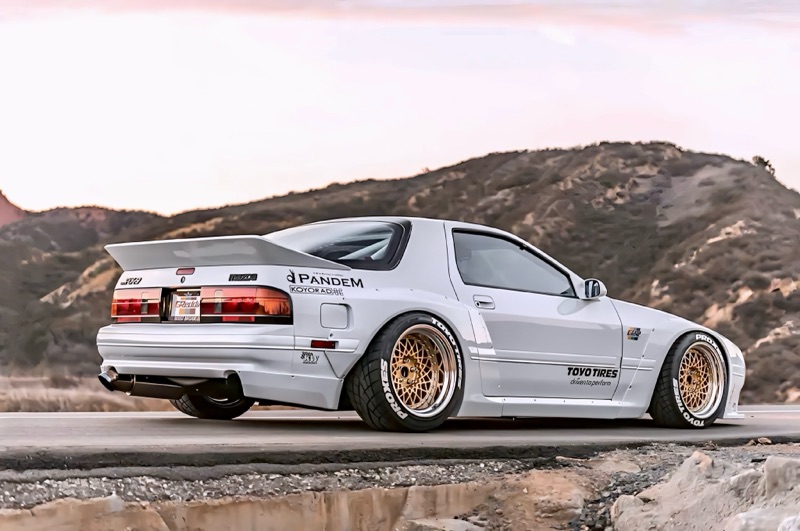
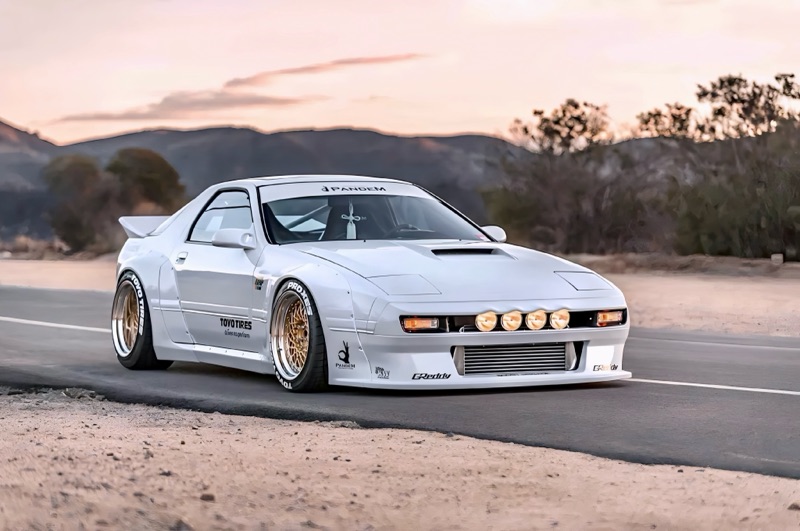
Under the hood sits the legendary 13B-T, a turbocharged rotary engine that delivers boost-heavy torque and a redline-hungry rush.
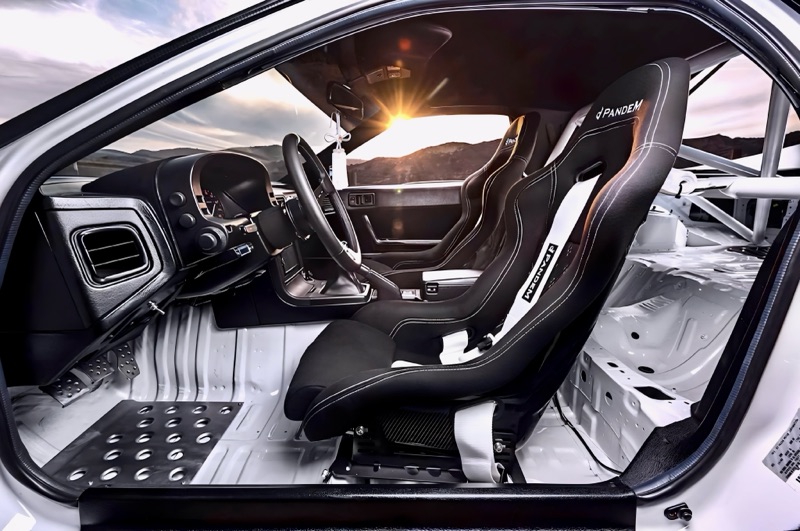
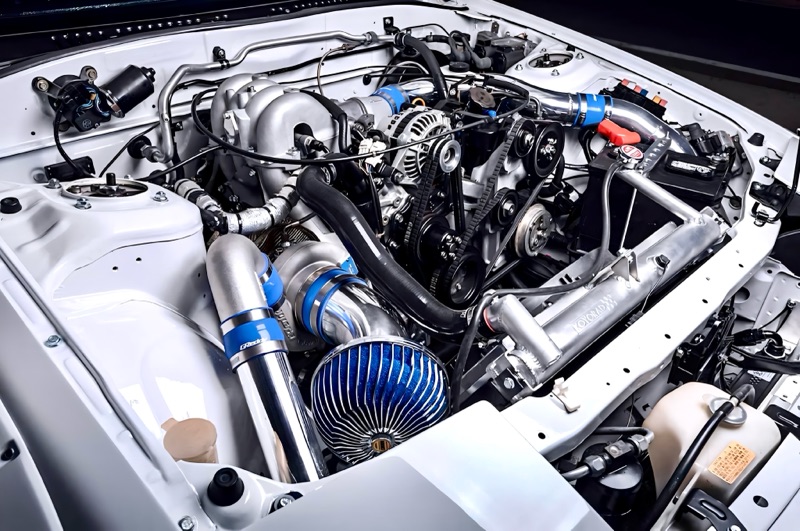
Chassis, Suspension, and Driving Dynamics
The 1990 Turbo II came equipped with performance upgrades that gave it legitimate track-day credentials.
- Independent suspension all around
- Stiffer sway bars and dampers compared to NA trims
- Four-wheel disc brakes (vented front and rear)
- Auto Adjusting Suspension (AAS) optional in some markets
- Upgraded transmission and rear differential for durability under boost
With its low center of gravity and light chassis (~1250–1300 kg), the Turbo II offered phenomenal turn-in and balance — making it a favorite for both road racing and drifting.
Interior and Features
Inside, the RX-7 Turbo II was clean and focused, with simple but purposeful instrumentation.
Key Interior Highlights:
- Deep bucket-style seats
- Analog gauges with central tachometer
- Optional digital climate control
- 3-spoke steering wheel
- Driver-oriented dashboard layout
Though not luxurious by modern standards, the cabin offered excellent visibility, ergonomic controls, and a focused driving environment — just what you’d want from a true JDM sports car.
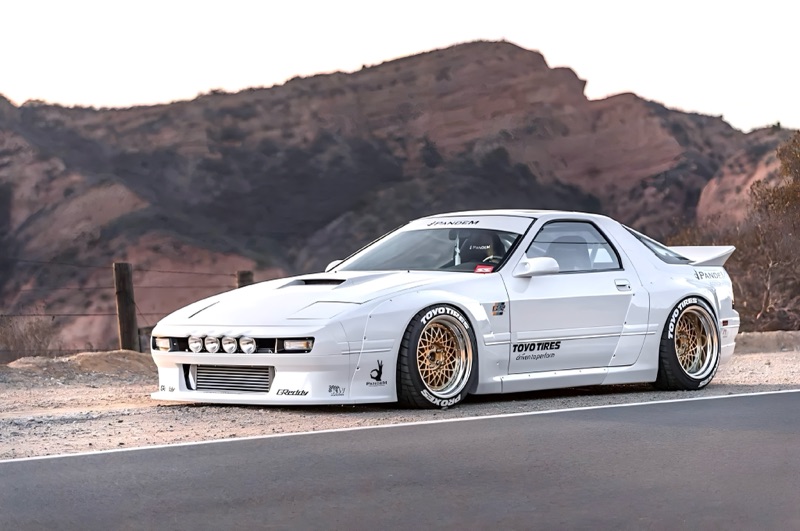
Lightweight, perfectly balanced, and rear-wheel drive, the Turbo II was designed for serious drivers—from the street to the touge to the circuit. It featured factory upgrades like an air-to-air intercooler, LSD, and beefier suspension, making it a true enthusiast’s platform straight out of the box.
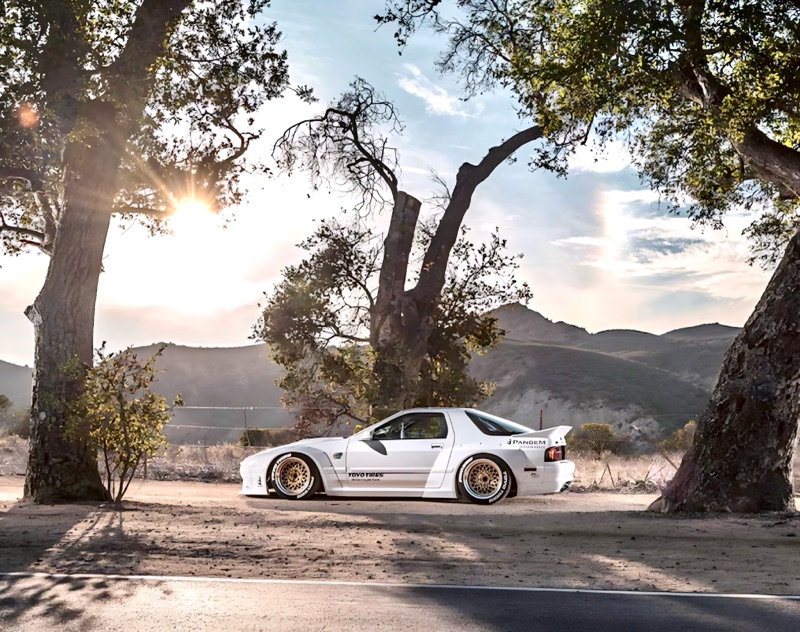
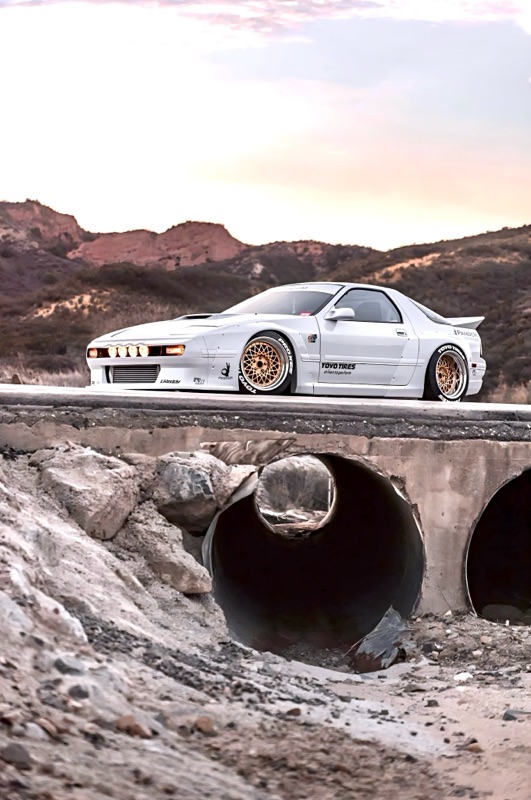
Exterior Design: Late-’80s Cool, Refined
By 1990, the RX-7 FC3S had evolved into a sleek and timeless design:
- Pop-up headlights
- Integrated bumpers and spoiler
- Flush body lines for low drag
- Turbo II badging and subtle hood scoop
- Available in two-tone color schemes
It was aerodynamic, aggressive, and perfectly suited to the performance it delivered.
The RX-7 Turbo II in Motorsports
The RX-7 Turbo II made its mark across racing disciplines:
- IMSA GTO/GTU class wins in the U.S.
- Strong presence in Group A Touring Cars
- Popular in Japanese touge battles and drift events
- A favorite among privateer racers thanks to its lightweight and tunability
Its blend of high-revving power and lightweight dynamics made it one of the most formidable machines in its class.
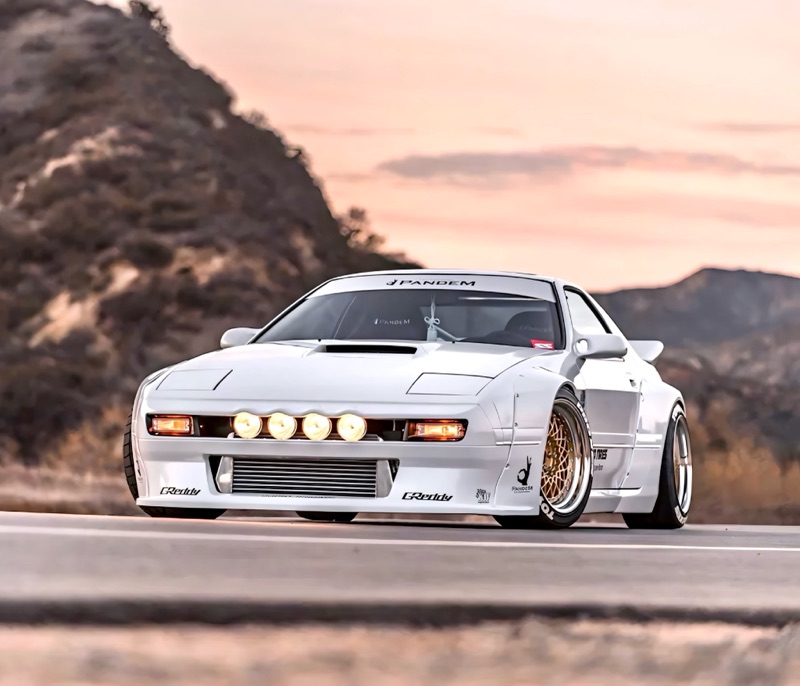
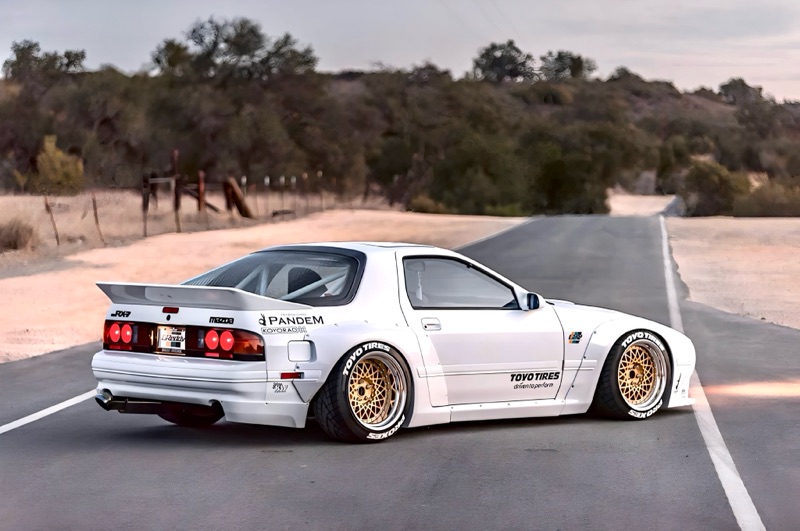
Visually, it kept that clean, understated FC3S look—pop-up headlights, a long hood, and a wide, low stance—but everything about the Turbo II hinted at something more sinister under the skin. It was the kind of car that showed up quiet and left loud, boosting through mountain roads or lighting up rear tires at track days across Japan.
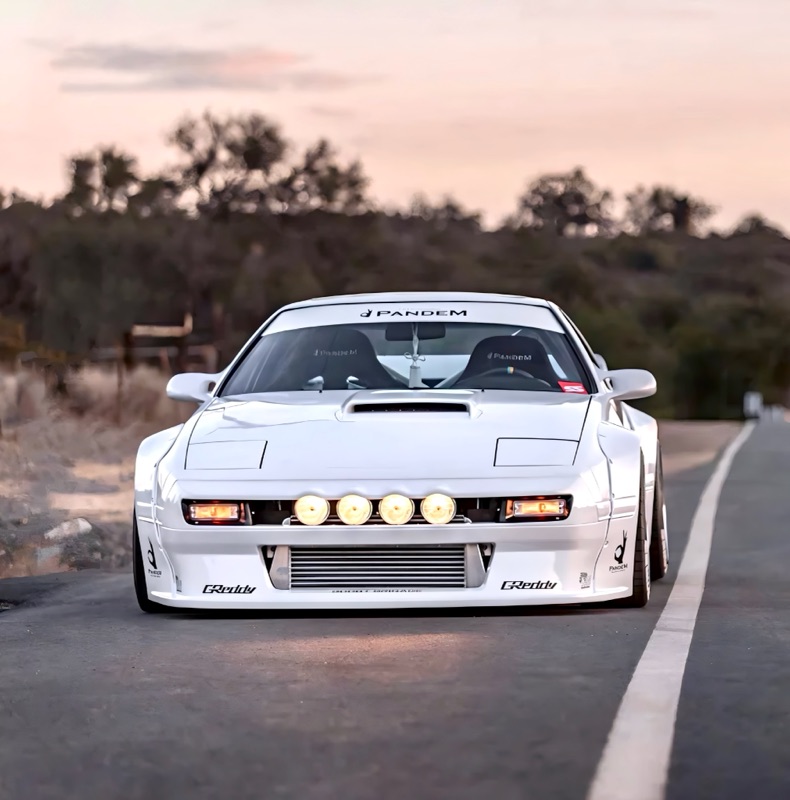
Aftermarket and Tuning Potential
The FC3S Turbo II is beloved by tuners:
- Upgraded turbo kits (Garrett, HKS, etc.)
- Standalone ECUs for fine-tuned fuel/ignition maps
- Porting the rotary (street/bridgeport) for more power
- Widebody kits from RE-Amemiya, Rocket Bunny, and others
- Suspension upgrades for grip or drift builds
The 13B-T can produce serious power when built properly, although cooling and fueling upgrades are essential for longevity.
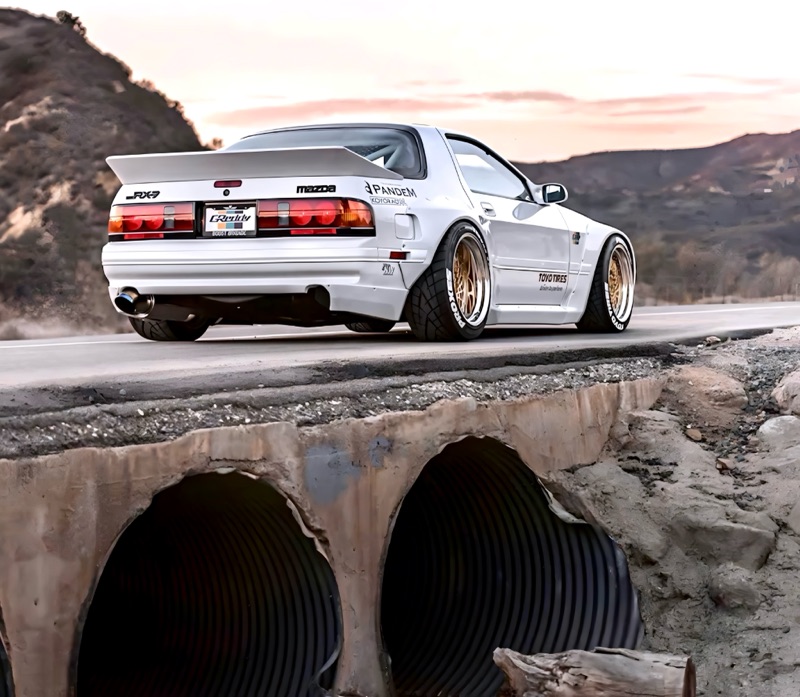
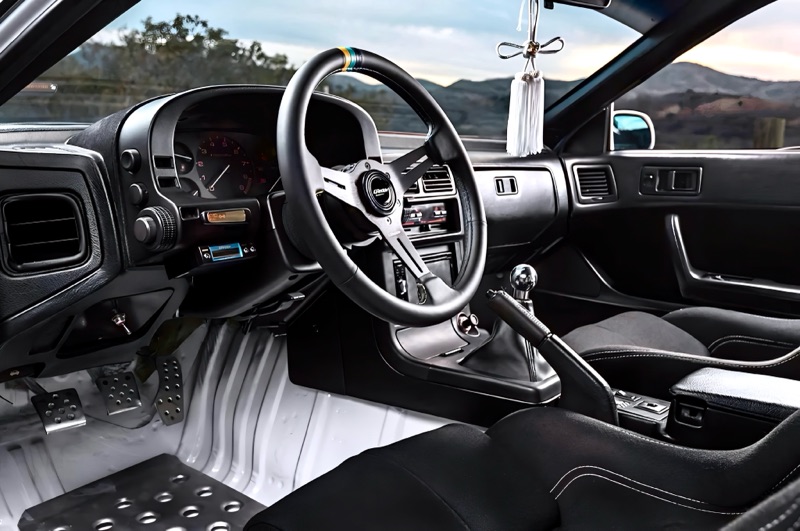
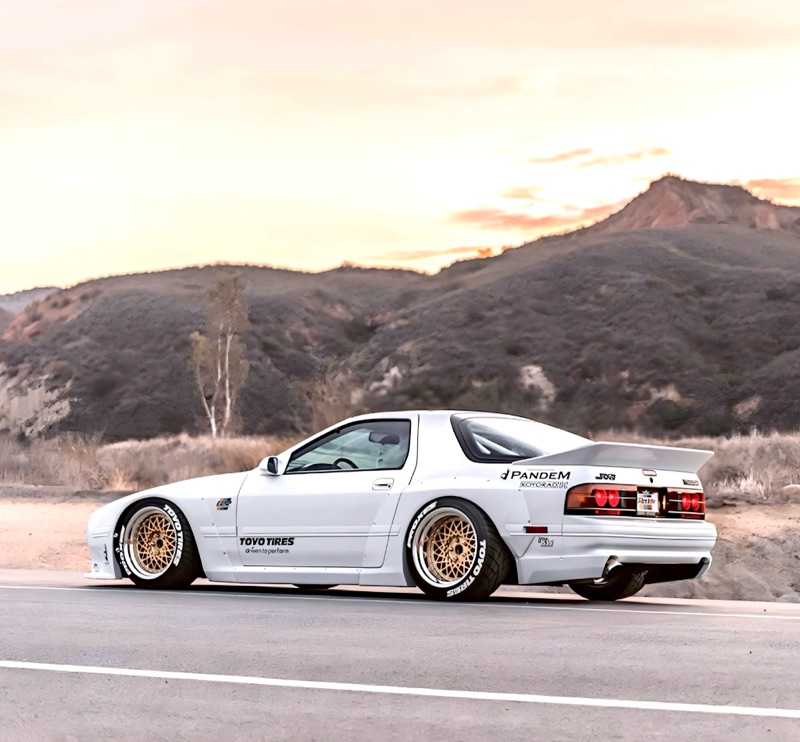
In the JDM scene, the Turbo II earned respect for being the perfect blend of rotary madness and refined engineering. Whether you’re building a street sleeper, a drift missile, or keeping it period-correct as a collector’s dream, the 1990 RX-7 Turbo II is the FC to own.
Its status as a turbocharged, rear-wheel-drive rotary from the peak of JDM engineering gives it strong long-term appeal.
Final Thoughts
The 1990 Mazda RX-7 Turbo II (FC3S) is a high-water mark in JDM performance history — a perfectly balanced, uniquely engineered coupe with soul, speed, and style. It was the rotary sports car at its most refined before the wilder FD3S arrived.
If you’re looking for a JDM classic that’s both a driver’s car and an appreciating asset, the Turbo II deserves a top spot on your radar.
Comments
Post a Comment